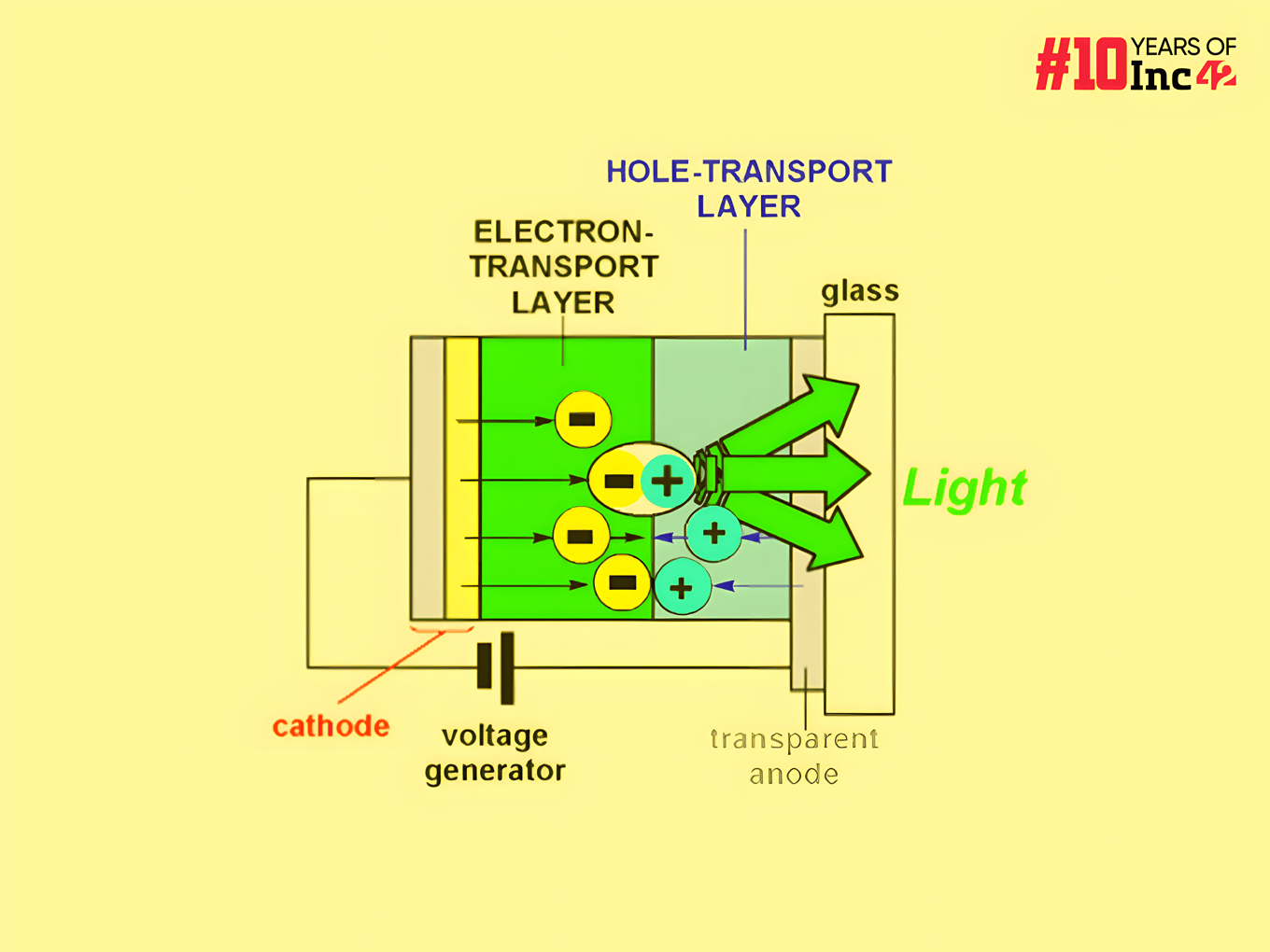
Source: Inc42
Understanding Electroluminescence in Solar Cells
Electroluminescence is a technique that relies on the same principle as a light emitting diode (LED). It involves feeding current into a solar cell, which is essentially a large diode, leading to light emission through radiative recombination of carriers. In silicon solar cells, which are indirect bandgap semiconductors, most of the recombination occurs via defects or Auger recombination. While the amount of band-to-band recombination producing radiative emission is relatively low in silicon, there is still a small amount of radiative recombination that can be detected using an external detector.
Utilizing Detectors for Electroluminescence
With the advancement of low-cost silicon CCD arrays, the popularity of electroluminescence has increased. These detectors, similar to those used in digital cameras but optimized for near-infrared sensitivity, allow for high-resolution imaging of solar cells and modules. However, silicon detectors have limitations beyond 1000 nm due to the low absorption coefficient of silicon. An alternative detector using arrays of InGaAs photodiodes offers a better response over the 1000 to 1300 nm wavelength range, enabling faster data acquisition albeit at a higher cost.
The key advantage of electroluminescence imaging is the ability to capture high-resolution images of entire solar cells or modules in a short time. The light output is directly related to the local voltage, making regions with poor contact appear dark in the images.
Source: Ossila
